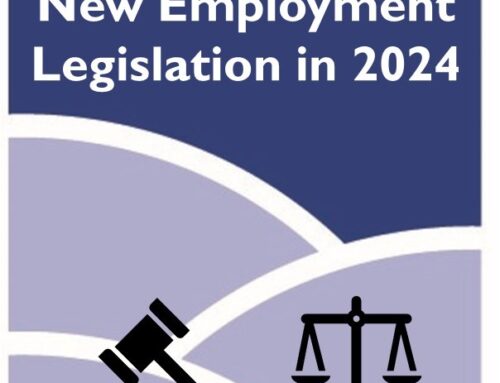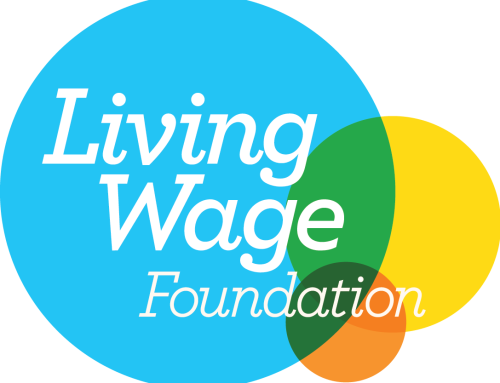The ground-breaking furlough scheme (CJRS) was introduced by The Chancellor on 20th March 2020 to form a major part of the Government’s support to businesses as the Coronavirus pandemic took hold. Periodic reviews and extensions have seen changes to the scheme in terms of flexibility and qualifying periods.
So far, each date set for the scheme to close has been extended – and each extension has seen changes to the scheme. The most recent extension was announced on 3rd March 2021 in the budget following the Prime Minister’s road map to unlockdown.
In the budget, the scheme was extended from 30th April to 30th September 2021 with some notable updates that employers need to be aware of and respond to.
In several sections of this new guidance the point is made that the furlough scheme is designed to support businesses that have been affected by the pandemic (which had been less visible before). The following paragraph appears at the top of page one:
“If you cannot maintain your workforce because your operations have been affected by Coronavirus (COVID-19), you can furlough employees and apply for a grant to cover a portion of their usual monthly wage costs where you record them being on furlough.”
New group of employees to be eligible for furlough
When the latest extension period starts on 1st May, a new group of employees will become eligible for furlough. Individuals who were employed after 30th October 2020 and before 2nd March 2021 will be eligible for furlough from May 1st (provided they are now on payroll).
Employees who have not previously been furloughed (but have been employed for longer) can also be included in the extension period.
The criteria for calculating how “normal” pay for this new group has yet to be announced but the 80% / £2,500 limits will still apply.
Flexible furlough
The extension period continues the now established flexible furlough format so there is no minimum furlough period. Flexible furlough agreements can last any amount of time and employees can enter into a flexible furlough agreement more than once.
Furlough agreements must be confirmed in writing and comply with employment, equality and disability legislation. A written response is not required from the employee. Employers must keep records of who has been furloughed and when for 5 years. For clients with the Breathe HR system there is now the facility to record this on the system (and back date it if necessary).
Payment levels and employer contributions
The established support levels of 80% of normal pay capped at £2,500 per month will still apply during the extension period. However, in a similar way to how it worked last summer, the level of support will be tapered in the final 3 months. The 80% will still apply, but the Government’s contribution level will decrease to 70% in July and 60% in both August and September. Employers must make up the shortfalls in July, August and September to the 80% norm level.
Holidays and holiday pay
Furloughed employees continue to accrue leave as per their employment contract. The employer and employee can agree to vary contractual holiday entitlement as part of the furlough agreement, however almost all workers are entitled to 5.6 weeks of statutory paid annual leave each year which they cannot go below.
Employees can take holiday while on furlough and if they are flexibly furloughed then any hours taken as holiday during the claim period should be counted as furloughed hours rather than working hours. Holiday pay should be 100% of an employee’s normal remuneration and the employer can still claim the 80% rebate for that period.
The guidance again states that employees should not be placed on furlough for a period simply because they are on holiday – it should be because the business operations have been affected by coronavirus.
Employee health and health-related matters
An employee that is eligible for the CJRS grant can be furloughed if they are unable to work, (including from home or working reduced hours) because:
- They are clinically extremely vulnerable, or at the highest risk of severe illness from coronavirus and following public health guidance
- They have caring responsibilities resulting from coronavirus, such as caring for children who are at home as a result of school and childcare facilities closing, or caring for a vulnerable individual in their household
If an employee is on sick leave or self-isolating as a result of coronavirus, they may be able to get Statutory Sick Pay (SSP). The guidance states that the furlough scheme is not intended for short-term absences from work due to sickness. Furthermore, it states that short term illness or self-isolation should not be a consideration in deciding whether to furlough an employee.
The guidance then does on to say “If, however, employers want to furlough employees for business reasons and they are currently off sick, they are eligible to do so. In these cases, the employee should no longer receive sick pay and would be classified as a furloughed employee.”
Employers can furlough employees who are clinically extremely vulnerable or at the highest risk of severe illness from coronavirus. It is up to employers to decide whether to furlough these employees. An employer does not need to be facing a wider reduction in demand or be closed to be eligible to claim for these employees.
Details of all furlough claims are now publicly available
HMRC will publish details of all claims on GOV.UK for all employers that made / make claims on or after 1st December 2020, the aim of which is to provide transparency and deter fraudulent claims. Employees can use their personal tax account to see if they have been included in furlough claims.




